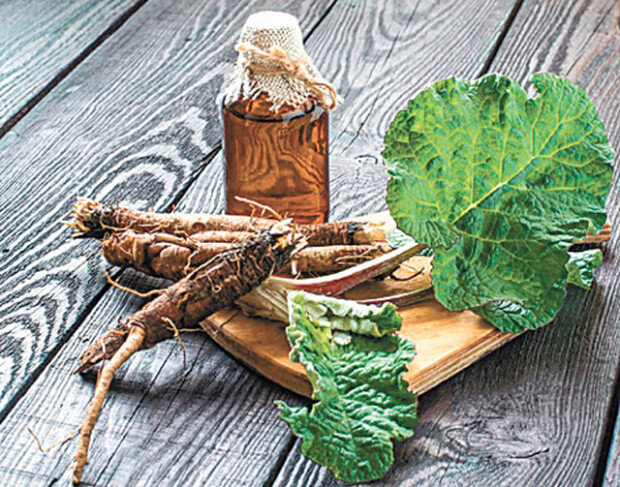Don’t judge greater burdock by its cover
Don’t judge greater burdock by its cover
Posted March. 01, 2021 07:18,
Updated March. 01, 2021 07:18


One of the vegetables that have been on my table for the past few years is greater burdock. Greater burdock is an acquired taste not only for Westerners but for everyone. Bearing resemblance to a log covered in dirt, it hardly looks appetizing. Greater burdock, whose beautiful purple flowers are the national flower of Scotland, is a thistle and originates from Eurasia. It spread across Europe after royal families were introduced to artichoke blooms and cardoon stalks by Arab people in the 15th century.
Australia, Europe and America have long been home to wild greater burdock. Thistle-filled fields provide bees with pollens and are a source of honey, flowers and fruits for us. Its sticking thorns and seeds, which are probably to blame for its unpopularity, inspired the invention of hook-and-loop fasteners.
It is also one of the main ingredients of osechi, traditional Japanese New Year’s foods that last for three to four days. Each ingredient of osechi represents New Year wishes such as prosperity and happiness. It also features a meal that is offered to ancestors on Chuseok. I was a timid child and did not dare eat the food after I heard that dead ancestors eat it before we do.
Greater burdock is eaten only in Japan, South Korea and Taiwan. A few American food bloggers described its taste as woodsy, bitter and earthy. It may be an accurate description for wild greater burdock, but farm-grown greater burdock tastes softer and sweet bitter with a touch of earthiness.
Signature dishes of Japanese chef Yoshihiro Narisawa at one of the top 10 Asian restaurants include the “Soup of the Soil,” greater burdock steamed with nothing but organic soil. It is literally a taste of nature where sweetness and saltiness from the ingredients meet microorganism, and the safety that has been proven by scientists. Narisawa believes the best vegetables grow only in such perfect soil.
Greater burdock was eaten as food between the 10th and 13th centuries and has been used more widely as medicine ever since. It is enjoying new-found attention in the West because of increasing prevalence of obesity and other lifestyle diseases. It is low in calories and rich in fiber, which makes it good for constipation. Abundant in polyphenols that control blood pressure, its brown skin helps with blood circulation and manages blood sugar levels. Use a sponge to lightly wash it and avoid soaking it in water.
I personally dry and stir-fry it to make tea and cook rice with a handful of thinly sliced greater burdock that I keep in the refrigerator. I strongly believe I am what I eat, and I am grateful every day that I am healthy.







